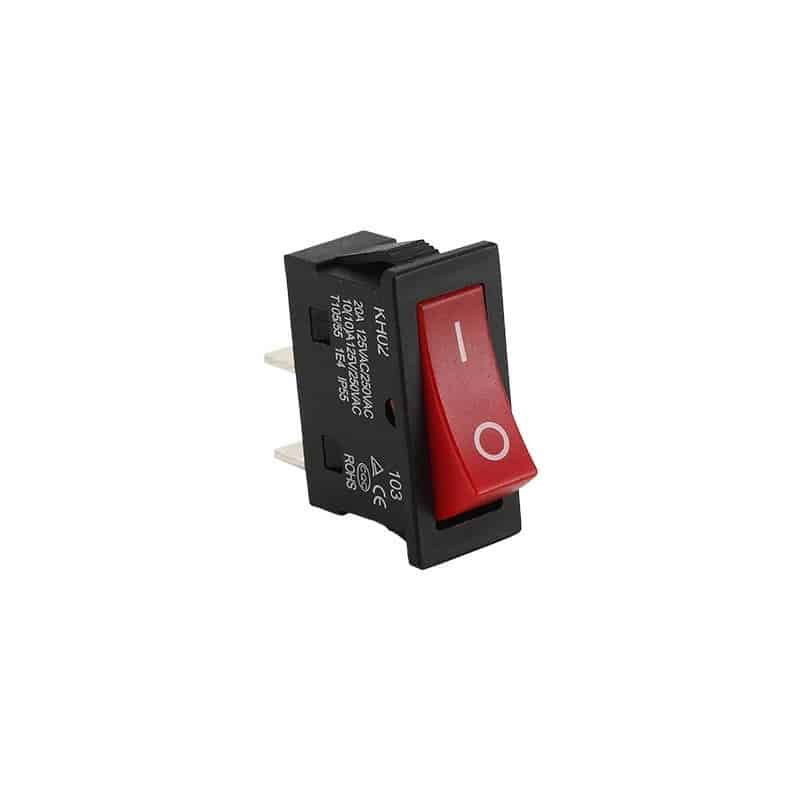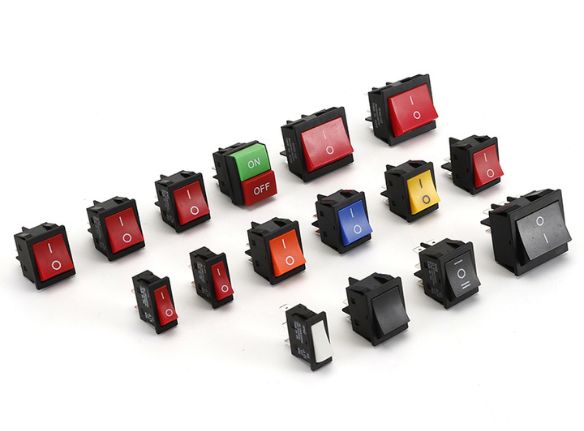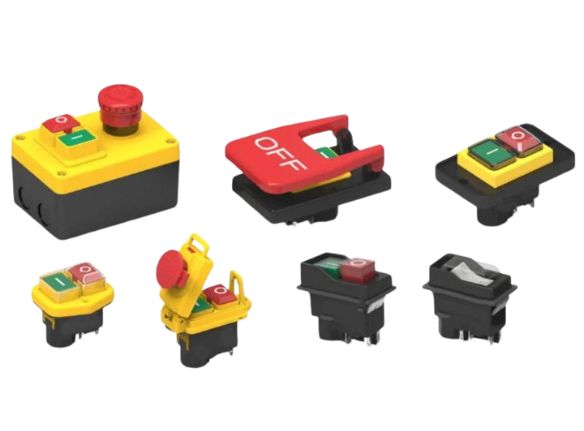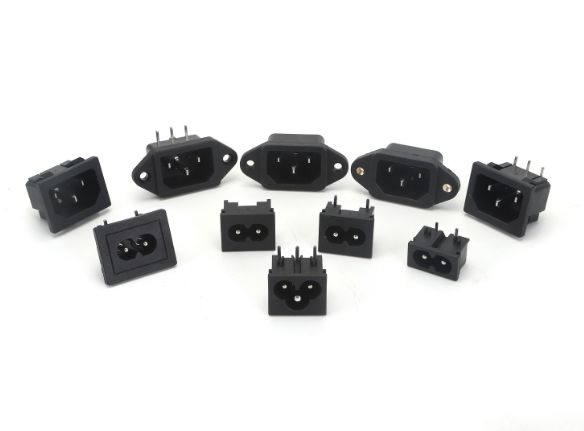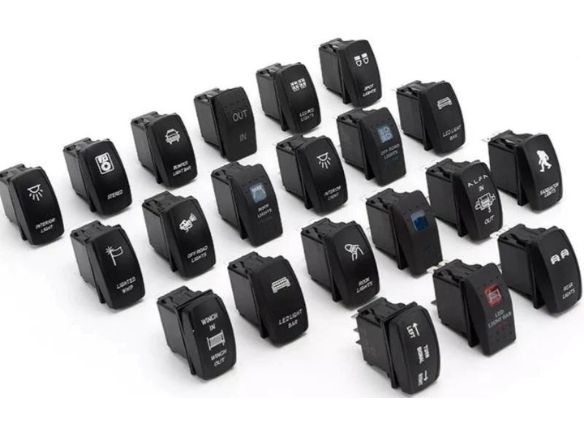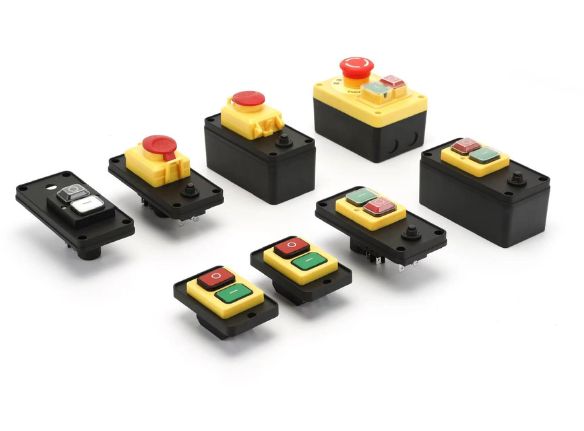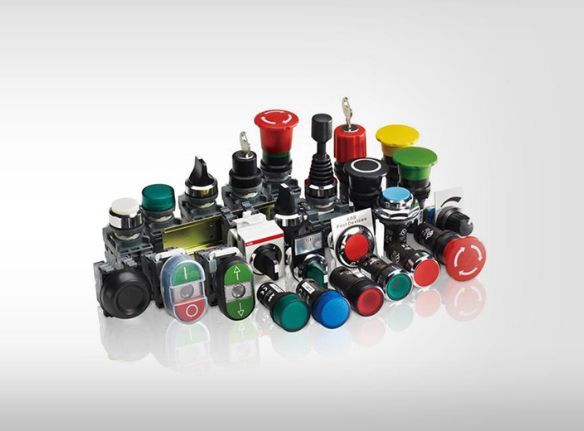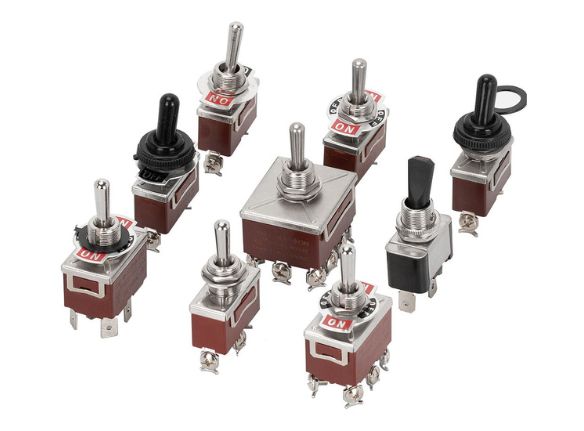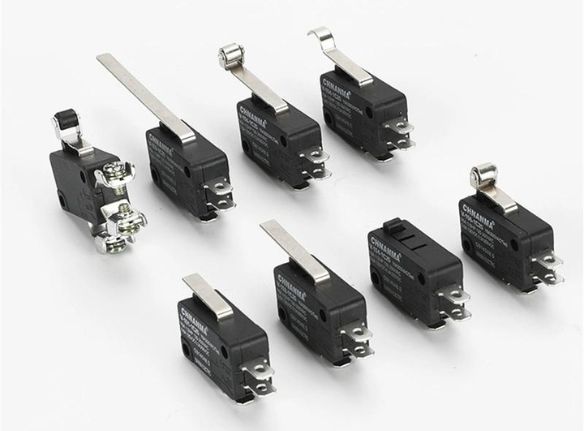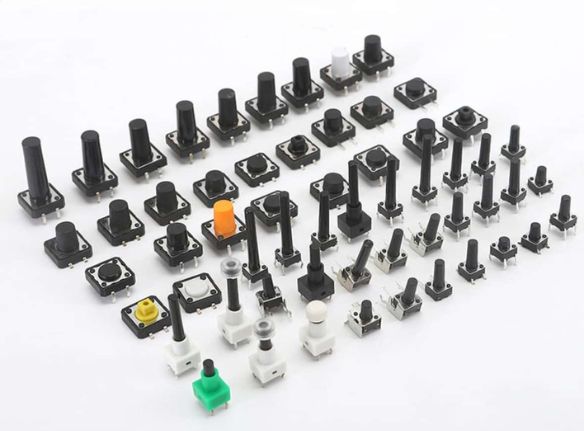How to Choose a High-Quality 3 Way Rocker Switch?
A high-quality 3-way rocker switch allows control of a single light fixture from two locations. Look for durability, smooth operation, and safety features. Our switches are crafted with premium materials, ensuring long-lasting performance and reliability. We offer customizable designs, competitive pricing, and strict quality control. Choose our switches for superior functionality and style in your projects. Click to learn more about our innovative solutions!
Our High Quality 3 Way Rocker Switch
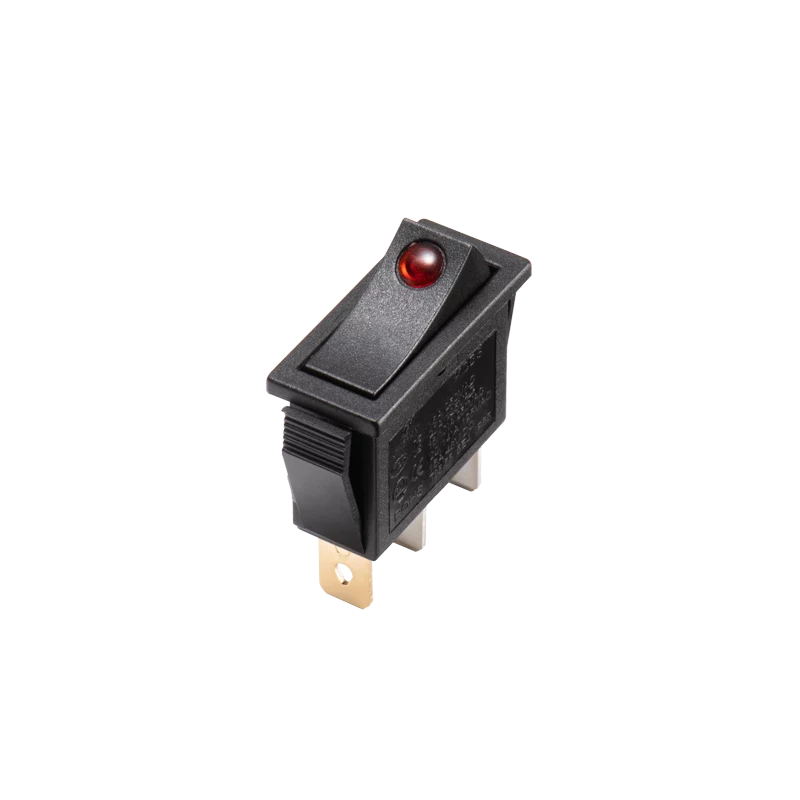
A rocker 3-way switch allows control of a single light from two locations. Our switches feature durable materials, stylish designs, easy installation, and reliable performance. Explore our quality products!
Our 3-way rocker switch for 12V systems offers reliable performance and durability. With high-quality materials, easy installation, and customizable options, it’s perfect for various applications. Click to learn more!
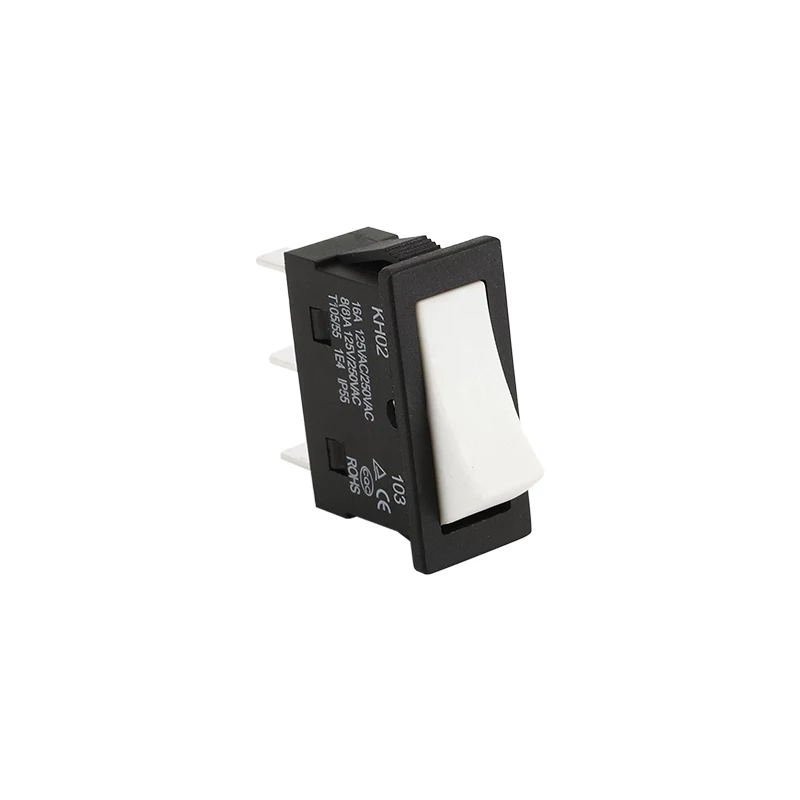
A 12V 3-way rocker switch controls electrical devices with three positions for versatile operation. Our switches offer durability, high-quality materials, and customizable options for various applications.
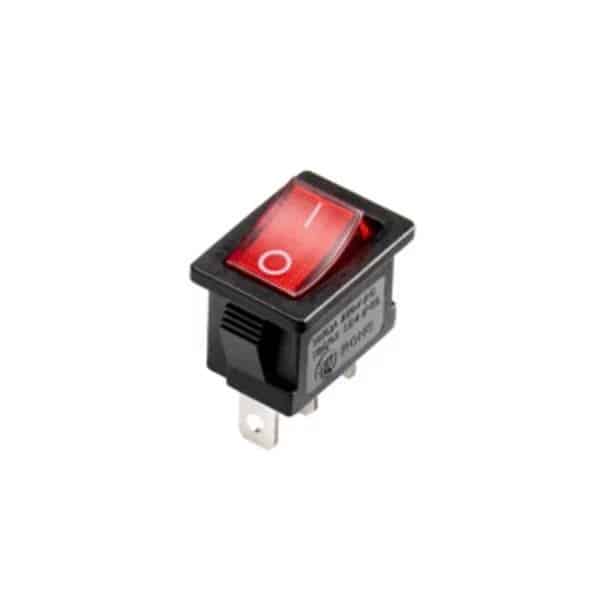
A 12-volt 3-way rocker switch controls power to multiple devices from one location. Our switches are durable, reliable, and easy to install, with superior quality and competitive pricing.
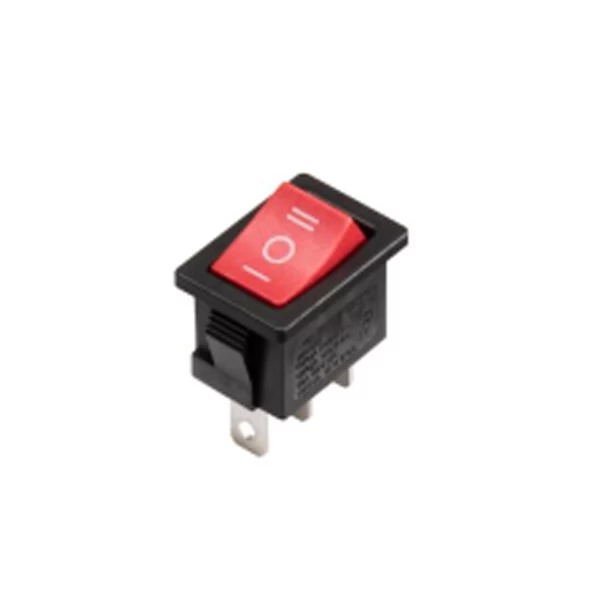
A 3-way double rocker switch allows control of a light from two locations. Our switches are durable, stylish, and easy to install, ensuring reliability and safety. Discover quality you can trust!
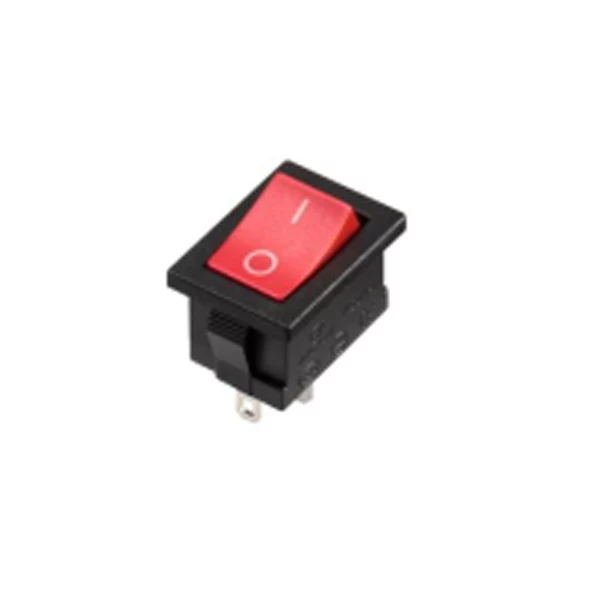
A 3-way rocker light switch allows control of lights from two locations. Our switches feature durable materials, modern designs, easy installation, and safety certifications.
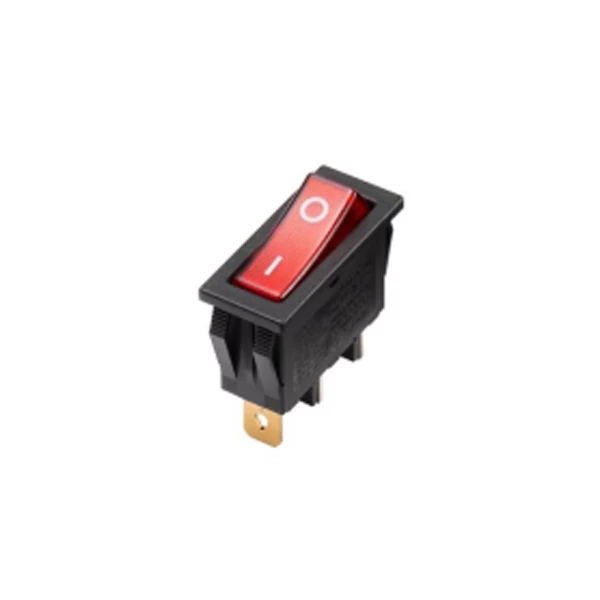
A 20 amp 3-way rocker switch allows control of lights from two locations, enhancing convenience. Our switches are durable, reliable, and easy to install, ensuring safety and long-lasting performance.
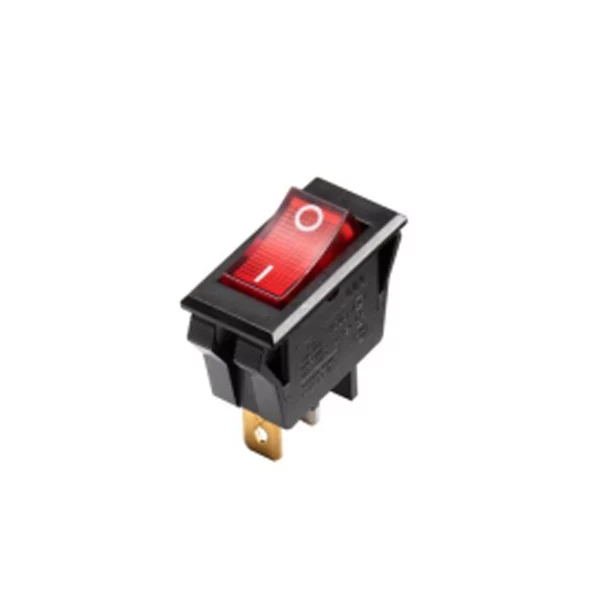
A 3-way illuminated rocker switch allows control of lighting from two locations. Our switches are durable, energy-efficient, and feature customizable designs, ensuring reliability and style for any project.
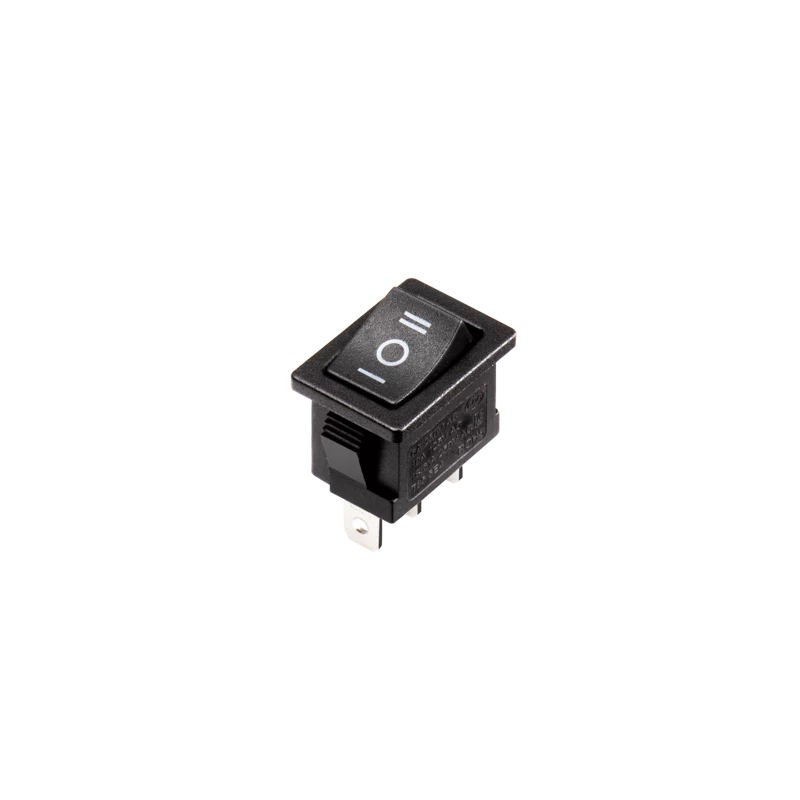
A 3-way momentary rocker switch controls electrical devices with a simple push. Our switches feature high durability, precise performance, and customizable designs, ensuring reliability for diverse applications.
With Full Product Certification



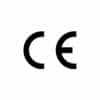



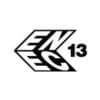
What is a 3 Way Rocker Switch?
A 3 Way Rocker Switch, as the name implies, is a rocker switch with three pins. You may wonder how many lines a switch with three terminals can control. The 3 Way Rocker Switch can be either single pole single throw or single pole double throw. Shouldn’t a single pole single throw have two terminals? In fact, the terminal that connects the event light has a very simple feature, which is the yellow copper pin. Therefore, the 3 Way Rocker Switch is very easy to identify, and it also plays a significant role in various applications. Let’s study and discuss it together.
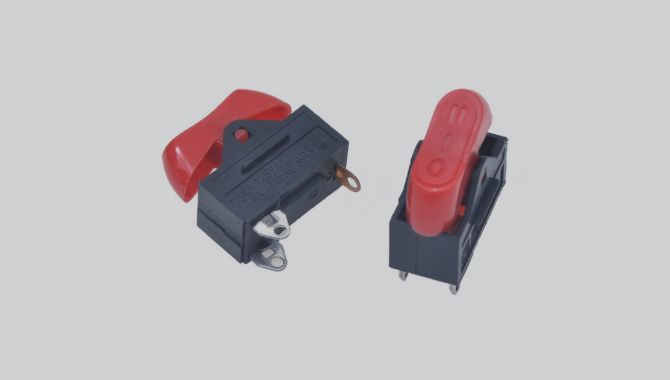

How Does a 3 Way Rocker Switch Work?
3 Way Rocker Switch has two working modes with 3 terminals. One mode is SPST, but one of the terminals is used to control the light of the switch. The other is SPDT, which also has three terminals. The middle is the common terminal, and the two sides are used to connect independent devices or two-way lights. If there are two switches connected in parallel, a lamp can be controlled in different positions to control the on and off of the light.
How to Wire a 3 Way Rocker Switch?
As shown in the figure, the common end is the middle terminal No. 2 connected to the positive pole of the power supply, and the two switches are connected to the terminals 1 and 3 of the switch. Usually, the clothes drying pole terminals of the same equipment on both sides of the middle terminal of the switch are connected to the negative pole of the power supply at the same time. If it is not DC, the positive and negative poles correspond to the neutral wire or live wire of the power supply. If you have any questions or are unclear, you can contact us or contact a professional electrician.
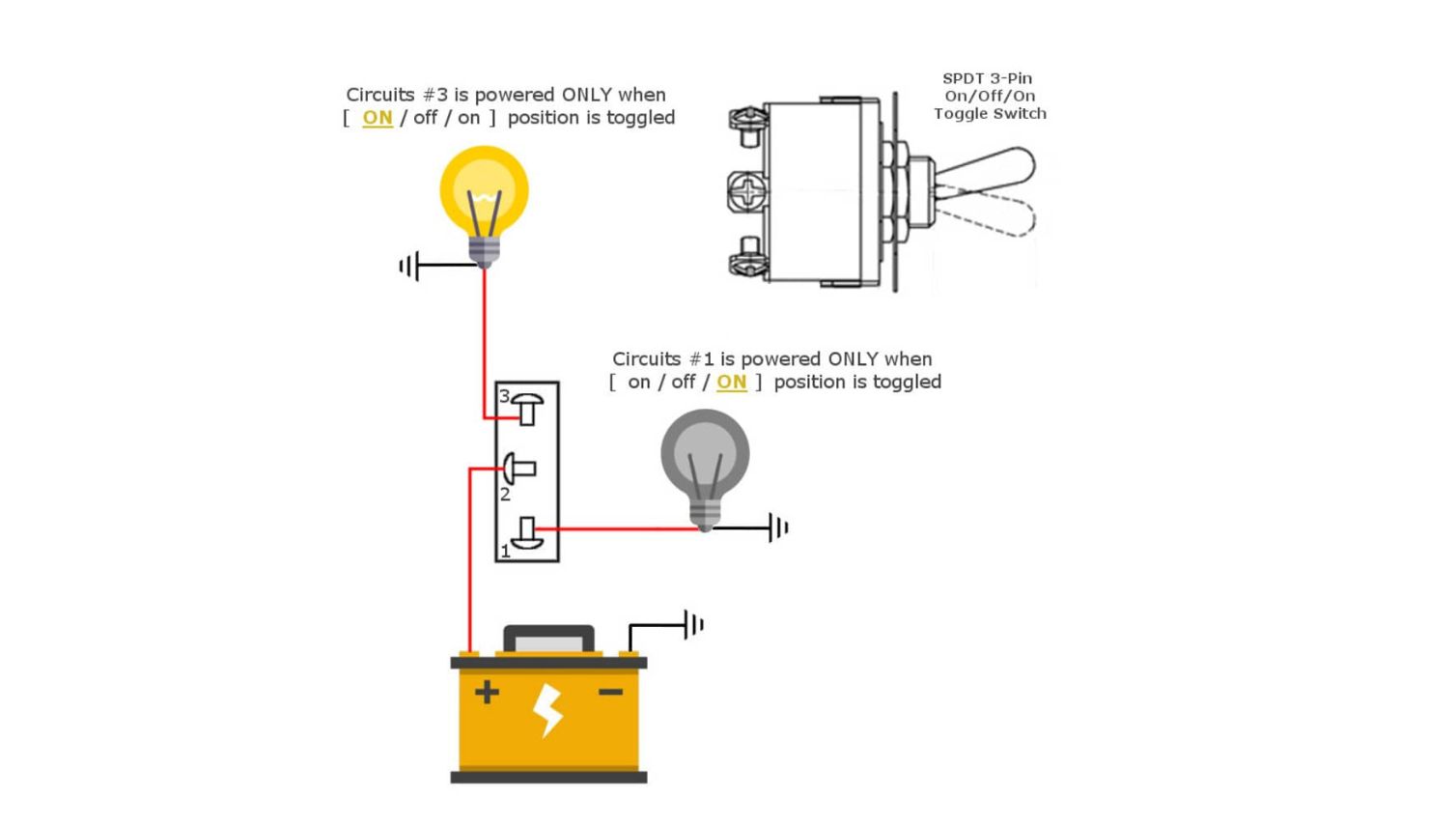
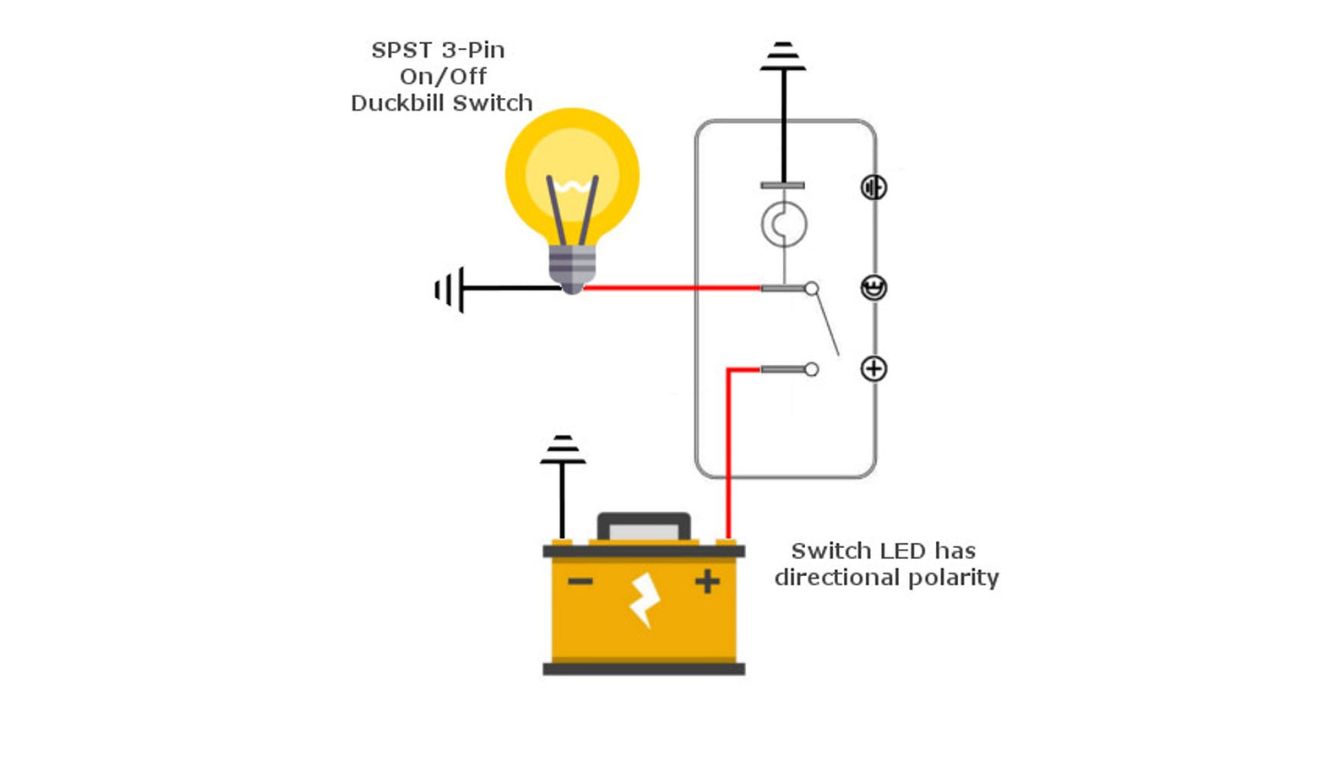
How to Wire a illuminated Rocker Switch?
A 3-way rocker switch can also come with an illuminated structure. Typically, the common terminal is located in the center, but you should refer to the specific switch’s manual for details. To differentiate between the terminals for the light and the load, look for a distinctive feature on the switch: the terminal for the light is often marked with a yellow color (the original copper color). The other terminal is connected to the bulb or the device you are using as the load. Both the device’s load and the light terminal are connected to the neutral line of the power source.
Find more related articles
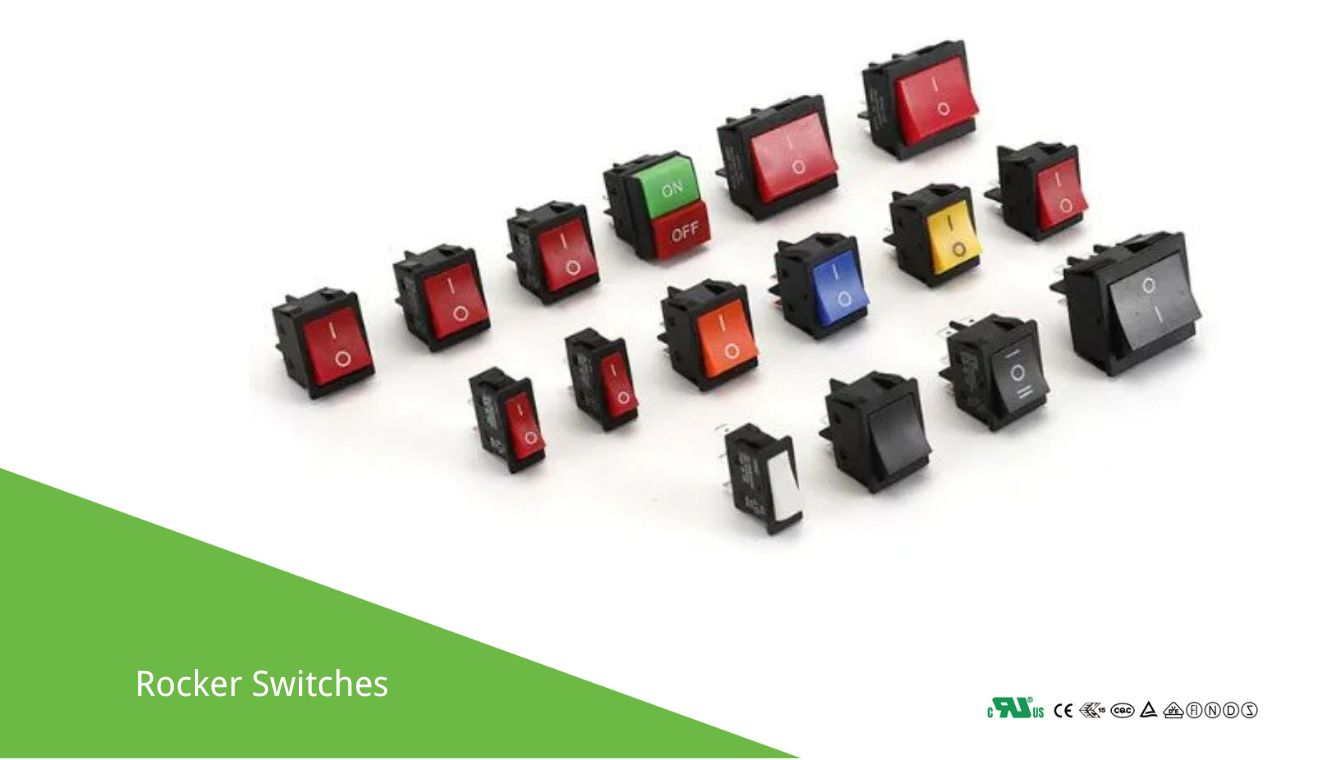
A rocker switch is an electrical switch that rocks back and forth to open or close a circuit. Pressing one side connects the circuit, while pressing the other disconnects it. Commonly used in appliances, power strips, and automotive controls for simple on/off functions.
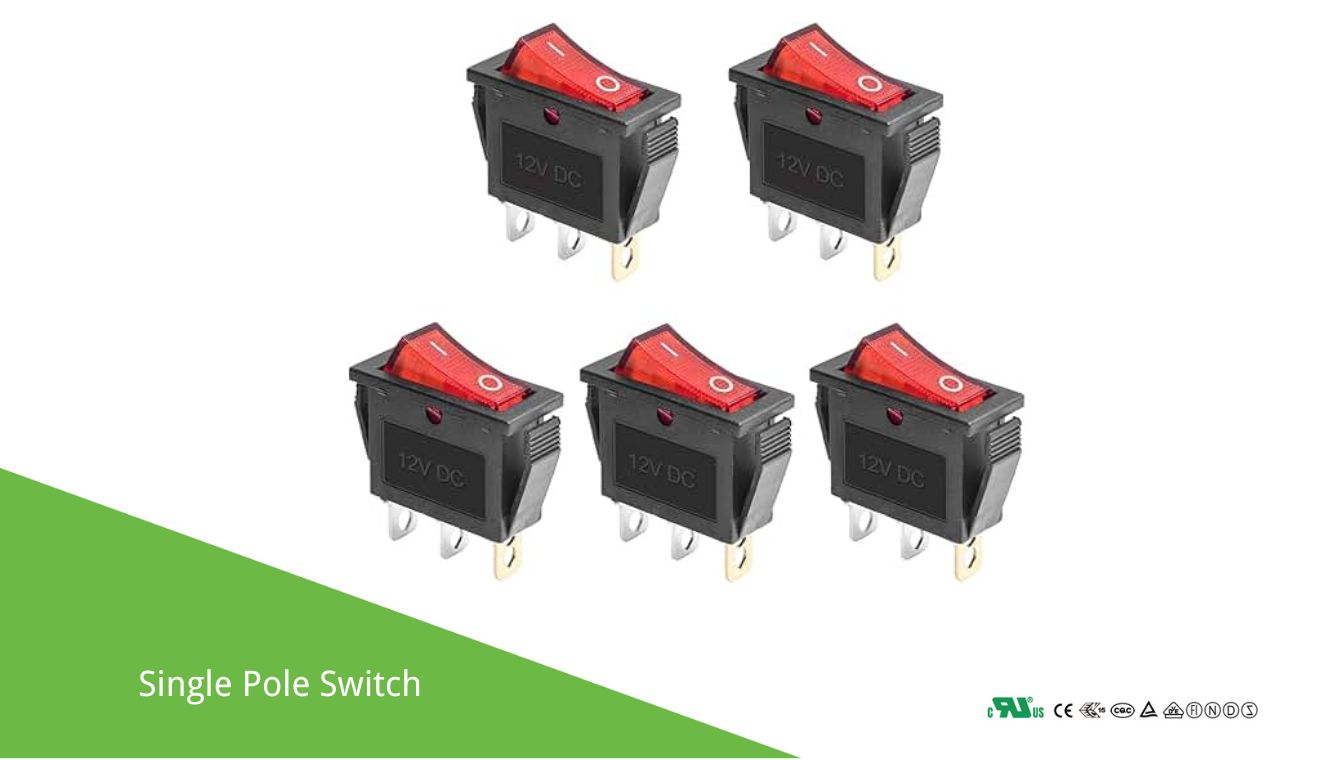
A single pole switch is an electrical switch that controls one circuit by turning it on or off. It has two terminals and is commonly used to operate lights or devices from a single location.
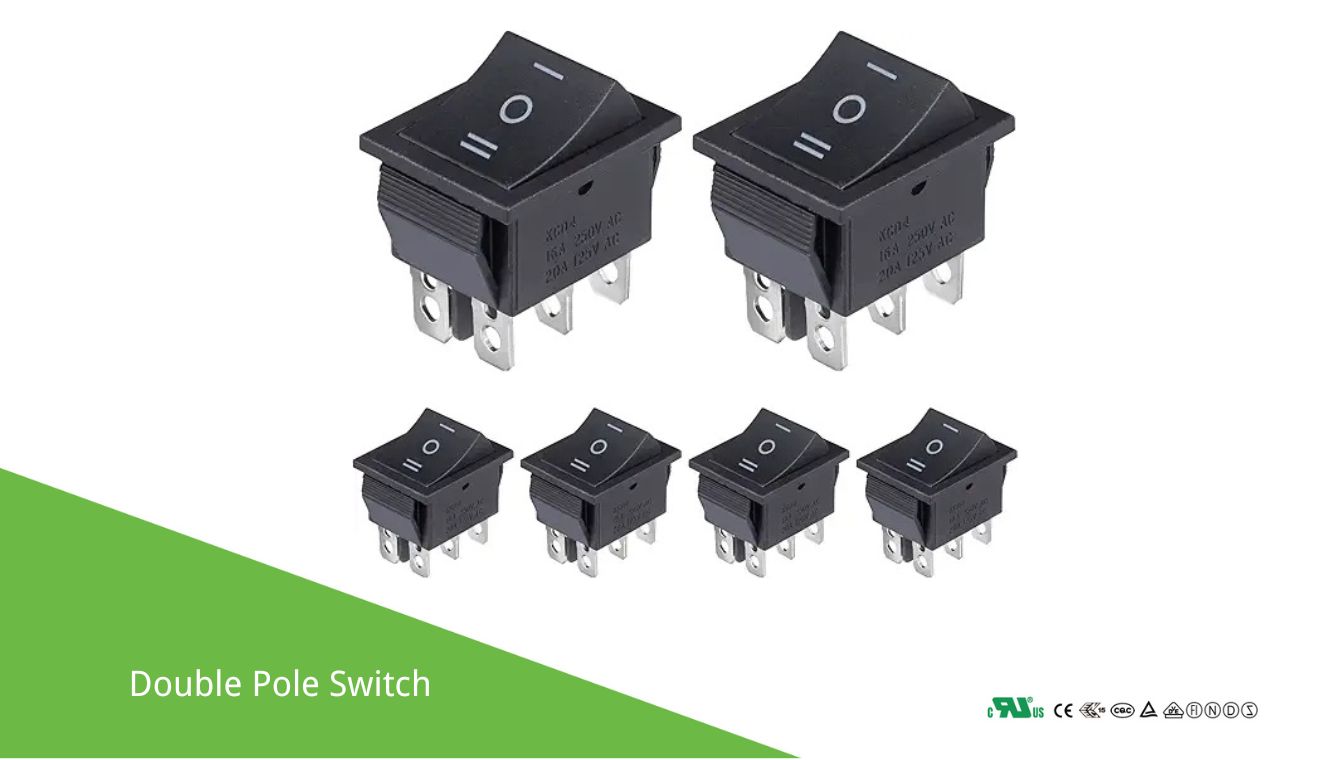
A double pole switch is an electrical switch that controls two separate circuits simultaneously. It has two sets of contacts, allowing it to turn both live and neutral wires on or off together, commonly used for higher voltage appliances for added safety.
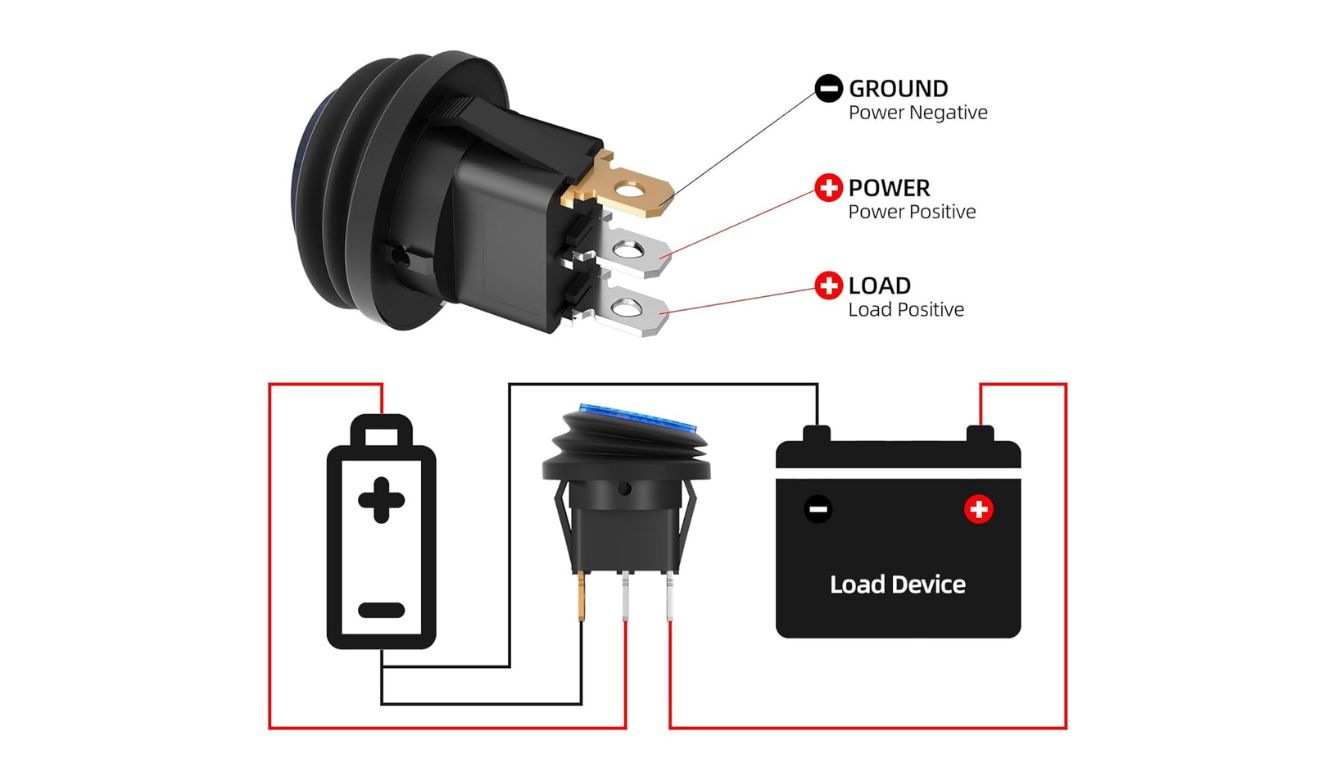
A 3-prong 12V illuminated rocker switch controls power to a device and lights up when on. The prongs are: power in (12V), accessory/device load, and ground. Connect power to input, device to output, and ground for illumination.
Related Product
3 Way Rocker Switch FAQs
A 3-way rocker switch is a common electrical component used to control a single light, fan, or other device from two different locations. Here are some frequently asked questions about 3-way rocker switches:
A 3-way rocker switch is a type of switch that allows you to control a single device from two separate locations. It is commonly used in hallways, staircases, or large rooms.
It operates by alternating the current flow between two different circuits. The switch typically has three terminals: one common terminal and two traveler terminals.
The common terminal is connected to the hot wire (from the power source), while the two traveler terminals are connected to the traveler wires running between the switches. The load wire (leading to the light or device) is connected to the common terminal of the second switch.
Technically yes, but it is designed for two-location control. To use it as a single-pole switch, you would only use the common terminal and one of the traveler terminals.
The main difference is in the design and appearance. A rocker switch has a seesaw-like action, while a toggle switch moves up and down. Both function similarly in a 3-way wiring setup.
Yes, you can use a 3-way dimmer switch in one of the switch locations. Ensure that the dimmer is compatible with the type of lighting you are using.
Verify the wiring connections, ensure you are using a 3-way switch, and check for any damages. If in doubt, consulting a professional electrician is advisable.
Yes, as long as the lights are wired in parallel and the circuit’s overall load doesn’t exceed the switch’s rating.
Yes, they come in various styles and colors to match different interior designs.
Always turn off the power at the circuit breaker before starting any electrical work. If you’re not experienced with electrical installations, it’s safer to hire a professional.




